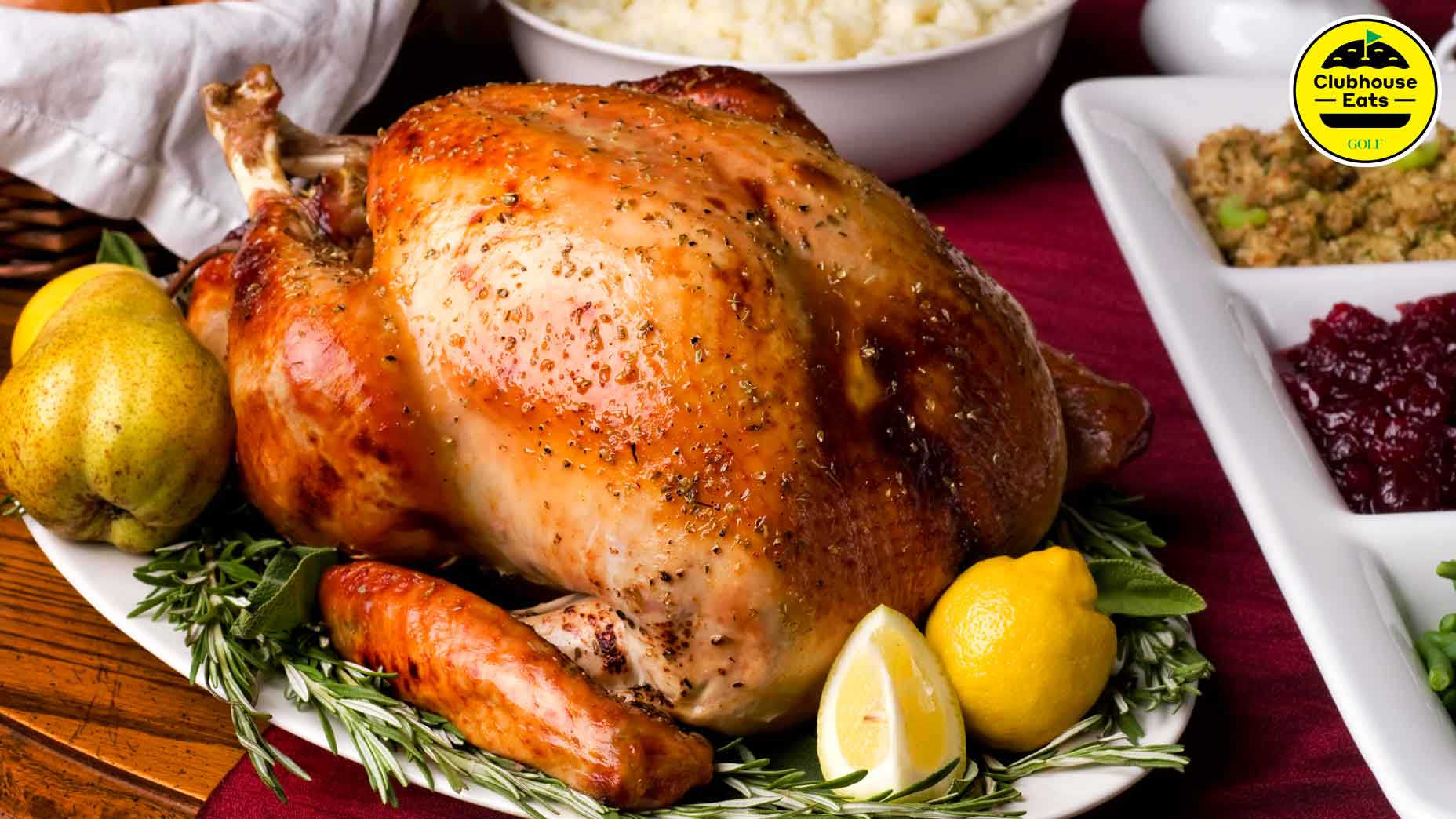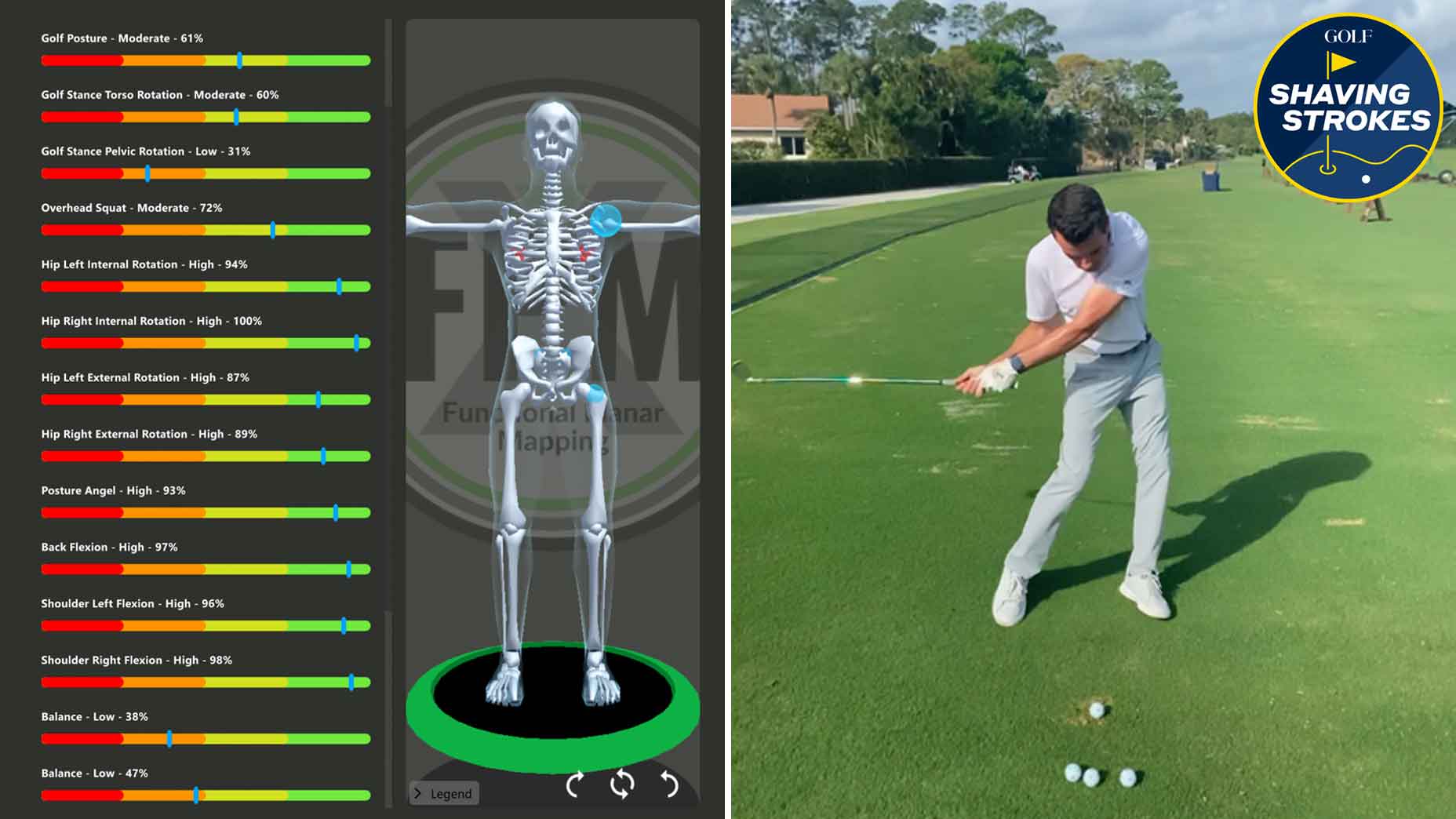The holidays are always a tricky time of year for golfers who are in the midst of trying to lose weight. You want to let loose, have a good time, and enjoy some good food with good company. But you also don’t want to undo all your hard work by slipping into a spiral of bad eating.
Like everything in golf and life, the key is finding balance. Something that works for you (A “system”, to borrow Denny McCarthy’s phrase about his own putting).
I lost 40 pounds. Here’s how it affected my golf game (and other things I learned)By: Luke Kerr-Dineen
For me, I found success with the WW (formerly Weight Watchers) app, and still use it every day to monitor my weight. I liked it because it wasn’t a diet, per say: You’re assigned a certain number of points each week, and every type of food carries with it a certain number of points. It means you can eat whatever you want: You may have 30 points worth of food to eat that day, for instance, and the brownie you’re looking at may be 15 of those points. You can eat it if you want, you just need to budget the rest of your day’s points wisely.
But recently, WW rolled out an interesting new update to its program. They weren’t just assigning users more zero point foods, they also give its users the ability to add points to their daily total if they eat certain, healthy foods. Without getting too into the weeds, it’s an interesting idea, and golfers — whether they use the app or not — can learn a lot form the changes to build their own healthy, weight-loss habits.
1. Drink more water
In some ways this is the golden rule of healthy living: Drinking more water. It helps with all sorts of stuff, from your digestion, to your energy levels and ability to focus. Drinking lots of water is one of the ways you can add points in the new WW system, and for the rest of us, you should aim to drink a minimum of 60 ml of water per day — though it’s hard to overdo it!

2. More non-starchy vegetables
Non-starchy vegetables are another thing the new program will give you points for eating more of, and it’s great advice for the rest of is. The American Diabetes Association has an extensive list right here of the kind of foods that fall into this category, but non-starchy vegetables like sprouts, squash, eggplant, asparagus (to name a few) are low in carbohydrates and calories, while being high in vitamins and fiber. These are the kind of foods that’ll fill you up while keeping you helathy.
3. Stick to *lean* meats
But I’m not one to survive on vegetables alone. When it comes to eating meat, though, losing weight is easier when you stick to lean meats — another thing the new program incentivizes you to eat more of. Swapping out turkey breast rather than thighs, for instance, or Canadian bacon instead of bacon. can keep you feeling full without sacrificing your health.

4. Know the good fats
Not all fats are bad fats.
Unsaturated fats, like the kind you find in salmon, avocados and almonds, can help you feel full and are contained in many foods that offer other health benefits. That’s why WW doesn’t punish you as heavily for eating more of these.
Saturated fats, like you find in dairy products, aren’t great for you but taste delicious, so enjoy them in moderation.
Trans fats, like the kind you find in fried food and decadent desserts, are the worst kind of fats for you, so don’t overindulge.
5. Beware added sugars
Along those lines: Added sugars are another thing that the tweaked WW formula incentives you to stay away from, and is something for the rest of us to keep in mind. Sugary foods are a weak spot for me, and if they are for you too, remind yourself that they offer the worst of all worlds, nutrition-wise. They don’t fill you up, they’re not healthy for you, and they don’t give you lasting energy throughout the day.











